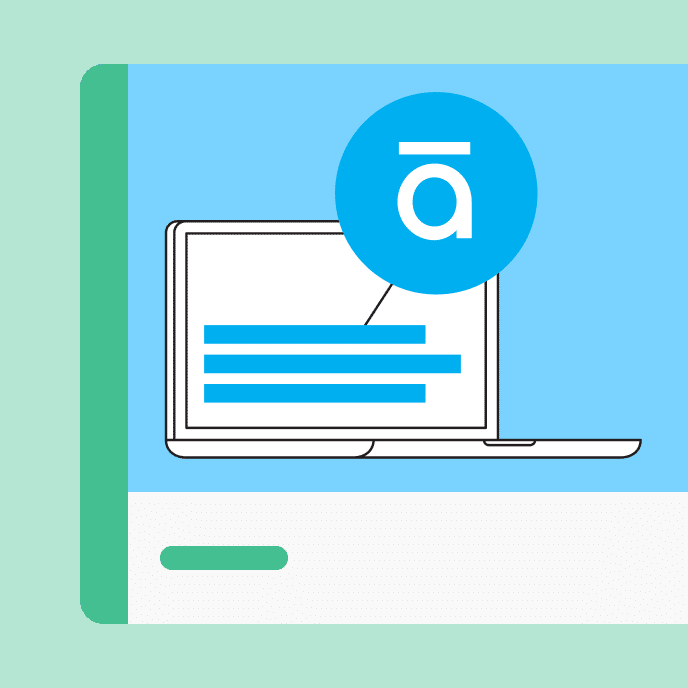3 Workplace Safety Training Challenges Solved
Explore this featured course from an Articulate customer and learn how to make workplace safety training digestible, engaging, and relevant.

The training dilemma: How to reduce safety incidents at work
Creating and maintaining effective employee safety programs can feel like an uphill battle. We all know it’s crucial for preventing on-the-job accidents and keeping your workforce safe, but let’s be honest—topics like safe lifting practices, hazard identification, and risk reduction aren’t exactly thrilling. Fostering meaningful learner engagement is a common obstacle to driving workplace behavior change. Plus, keeping up with dense compliance requirements and evolving safety regulations only makes it harder to keep training relevant and easy to digest.
In short, the safety struggle is real. But here’s the good news: Leaders are using online training tools to successfully tackle these challenges. Check out their strategies below to deliver efficient and effective workplace safety training. And don’t miss the real example course from the Irish Rugby Football Union (IRFU) at the end.
Key Takeaways
How do I get employees to complete online safety training?

1. Avoid safety information overload
People forget 70 percent of what they’ve learned within 24 hours, a phenomenon researchers call the ”forgetting curve.” Those percentages likely worsen for repetitive or information-heavy corporate safety education. So how can you deliver the critical information without overloading employees?
Skip the lengthy PowerPoint presentations and use online microlearning courses to break content into quick, three- to five-minute learning bursts. This makes information easier to digest and remember. Plus, on-demand courses let employees revisit the material whenever they need a refresher—or even pull up safety or hazards identification checklists on mobile devices in the field.
2. Design engaging online safety materials that aid learning and retention
Safety programs don’t have to be flashy to engage employees. But they do need to be well-designed, interactive, and relevant to employees’ work. Here’s how e-learning can help.
Test learners’ safety knowledge with relatable scenario-based questions
E-learning role-play scenarios are a great way to let employees test their skills safely in realistic workplace situations—without the risk. By translating generic safety policies into plausible, job-specific scenarios, you also show employees why training is necessary to keeping their workplace safe.
Enrich safety training with dynamic media elements and modern design
High-quality videos, 3D images, labeled graphics, and animations not only make workplace training more engaging, but they also help employees better visualize safety techniques in their work environments. Use these interactive, visual aids when relevant to add variety and enhance learning. Visual demonstrations can clarify safe practices and reduce the risk of misunderstandings.
In addition, don’t underestimate the impact of course design on the learning experience. The human brain is wired to appreciate beauty, and modern e-learning authoring tools support customized course themes, colors, fonts, and layouts for a more polished look. A well-designed safety course signals to employees that the material is worth their attention.
3. Keep employee safety training relevant and up-to-date
Compliance standards change often, and an agile training solution means you can update training materials efficiently. E-learning is the fastest, cheapest, and easiest way to make quick updates. Plus, it ensures that everyone has received the same information, preventing knowledge gaps that could lead to accidents.
By contrast, instructor-led training demands extensive resources, including updating or reprinting materials, informing trainers, and organizing sessions. Off-the-shelf training is often too generic, failing to address the specific safety practices relevant to employees’ contexts.
Online learning platforms, on the other hand, let you quickly customize and update courses, multimedia, quizzes, and more—making the new content instantly available to everyone.
Get inspired by this real safety course from the IRFU
Want to see how your peers are using these strategies to successfully reduce hazards and keep learners safe? Check out the following online safety training example from the Irish Rugby Football Union (IRFU). The IRFU is the national governing body for rugby in Ireland. The organization trains hundreds of clubs and teams across the country, with a mission to promote the sport of rugby and its values at every level of the game. One of those key values includes ensuring the safety of its players, coaches, referees, and volunteers.

Why it works
Explore the course to see how the IRFU used the following e-learning techniques to quickly create a microlearning course on new legal tackle height regulations, reducing injury hazards and enhancing player safety.
- A microlearning format makes the changes to legal tackle heights easy to digest and understand
- A video guide illustrates safe tackle height techniques in under 60 seconds
- Real image examples from the field reinforce learning and make quiz questions more relevant and realistic
Tackle safety training problems with e-learning
Quality employee safety training prevents injuries and saves lives, so it’s important to present materials in a way that learners will retain. E-learning makes it easier to deliver actionable, engaging safety training quickly and at scale. Review the summary table below for a quick recap of how it works.
| Safety Training Challenge | E-Learning Solution |
| Dense material | “Chunk” material in small, bite-sized microlearning courses that employees can work through at their own pace. |
| Boring or dry material | To communicate those practical takeaways more effectively, add interactive activities, knowledge checks, and media elements. |
| Generic material | Use relevant scenarios to demonstrate real-world applications and why training is relevant and important to employees. |
| Changing regulations | Quickly update and deliver safety training to employees or external partners. |
If you’re interested in learning more about how the Irish Rugby Football Union, our featured sample course creator, leverages e-learning to reduce injuries and hit their training goals as a high-performance organization, check out this exclusive webinar interview.
You may also like

A Culture of Giving Back: Articulate’s First Impact Campaign
Articulate’s first annual Employee Impact Campaign showcased how purpose and generosity drive change—and how small actions can result in a big impact.

